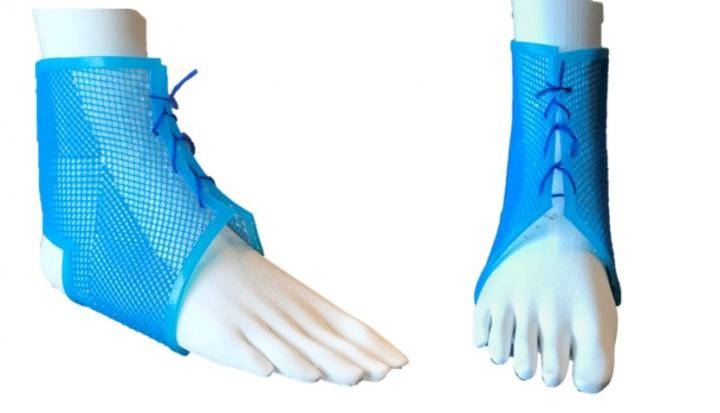3D printing makes it possible to use a wide range of materials in varying scales to produce anything from medical implants to aircraft engine parts. These products can be rich in shape, material, hierarchical and functional complexities and they offer high potential to revolutionize existing product development processes.
In order to fully realize the potential of AM’s unique capabilities for product development, however, product designers need to change their design mindsets.
In conventional manufacturing processes, the main task for designers is tailoring their designs to eliminate manufacturing difficulties and minimize costs. On the contrary, 3D or additive manufacturing (AM) has fewer manufacturing constraints while offering designers much more design freedom to explore. That means designers have to search for optimal design solutions from millions of design alternatives that are different in geometry, topology, structure, and material. This can be a tedious task with current design methods and computer-aided design (CAD) tools due to the lack of ability to rapidly explore and exploit such a high dimensional design space.
To address this issue, researchers from Digital Manufacturing and Design Centre from the Singapore University of Technology and Design (SUTD) proposed a holistic approach that applies data-driven methods in design search and optimization at successive stages of a design process for AM products.
First, they used simple and computationally inexpensive surrogate models in the design exploration process to approximate and replace complex high-fidelity engineering analysis models for rapidly narrowing down the high-dimensional design space. Next, they conducted design optimization based on refined surrogate models to obtain a single optimal design. These surrogate models are trained based on an updated dataset using the Markov Chain Monte Carlo resampling method.
This design approach was demonstrated in the design of an AM fabricated ankle brace that has a tunable mechanical performance for facilitating the recovery process of joints. In this design, the researchers selected a metamaterial which has a horseshoe-like structure, where its stiffness can be tailored. The proposed design approach was applied to optimize the orientation and dimensions of the horseshoe-like structure’s geometry in different areas to achieve desired stiffness distributions.
Such geometry complexities enabled by AM offer the ankle brace design unique and favorable behaviors. The ankle brace is very soft within the allowable range of motions which provides comfort to patients. However, once the movement is out of the permissible range, it becomes stiff enough to protect the users’ joints from extreme load conditions due to its geometrical design.
“Previously, it was hard for designers to imagine a design of such complex geometry due to the limitations in conventional manufacturing, but now this design is easily achievable with AM. Our new approach allows designers to embrace the design freedom in AM that comes with the shift in design paradigm and create more optimal products similar to the ankle brace,” said first author Dr. Yi Xiong, Research Fellow from SUTD.
With the design space exploration and exploitation capability developed, the research team is working towards a more ambitious goal: to develop a next-generation CAD system for AM.
“This CAD-AM system will enable designers to design complex geometric and material structures that exhibit behaviors that are unobtainable with conventional design and manufacturing tools. Designers can rapidly examine design alternatives 10 times more compared to what the current methods allow,” said SUTD Professor David Rosen.
Source: Singapore University of Technology and Design (SUTD)

